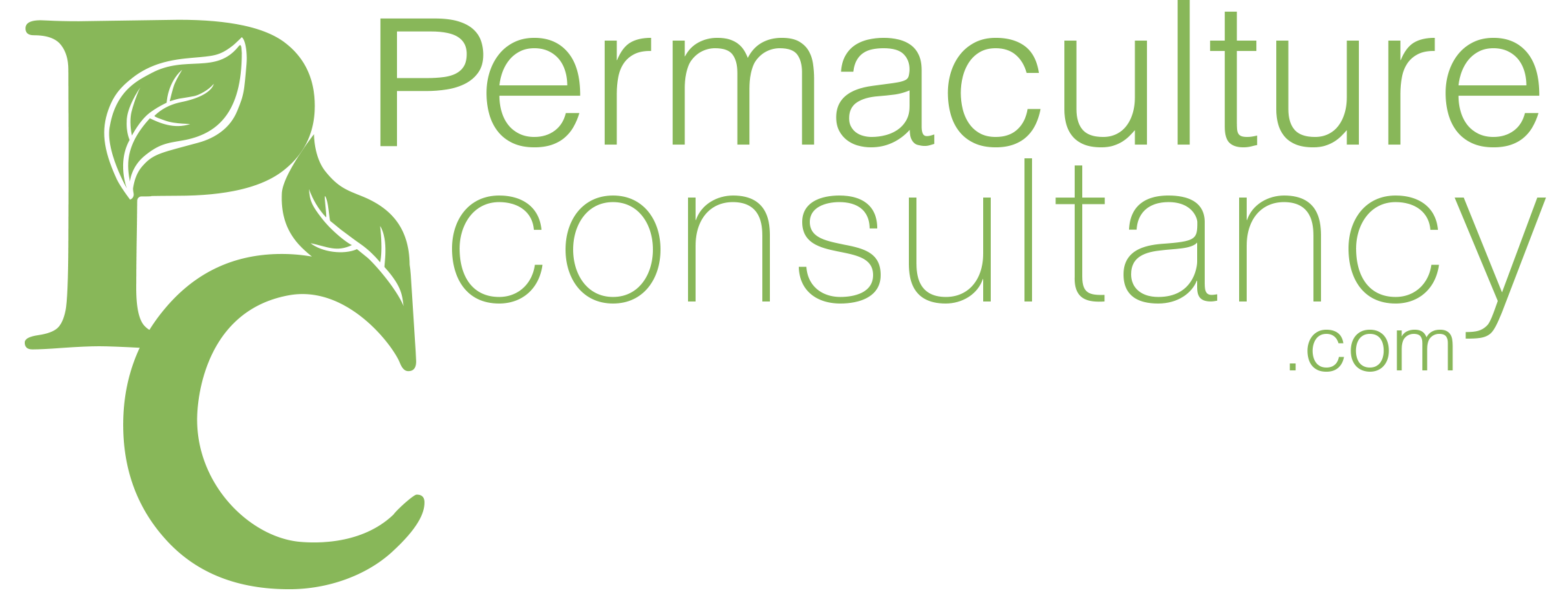Permaculture is a design system for creating sustainable human environments. The word itself is a contraction not only of permanent agriculture but also of permanent culture, as cultures cannot suirvive for long without a sustainable base and landuse ethic. On one level, permaculture deals with plants, animals, buildings, and infrastructures (water, energy, communications). However, permaculture is not about these elements themselves, but rather about the relationships we can create between them by the way we place them in the landscape.
The aim is to create systems that are ecologically-sound and economically viable, which provide for their own needs, do not exploit or pollute, and are therefore sustainable in the long term. Permaculture uses the inherent qualities of plants and animals combined with the natural characteristics of landscapes and structures to produce a life-supporting system for city and country, using the smallest practical area.
Permaculture is based on the observation of natural systems, the widsom contained in traditional farming systems, and modern scientific and technological knowledge. Although based on ecological models, permaculture creates a cultivated ecology, which is designed to produce more human and animal food than is generally found in nature.
Bill Mollison, Introduction to Permaculture (1991).

